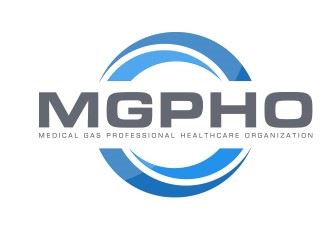Here is my opinion based upon my experience assisting with Bronchoscopy procedures in the past.
The Bronchoscope had, at one time, a port or channel specific for the vacuum system to attach to clear mucus and other fluids from the area the physician is attempting to view and perform a procedure in the patient's lungs.
In my opinion the lack of vacuum in the scope clean room to connect to TEST the cleaned scope prior to sending it back to being used on the next patient does not appear to be a wise position to take. It has been common for those who perform the scope cleaning and cold sterilization to test the scopes prior to packaging for use.
Additionally, the cold sterilant used for scope cleaning is an irritant to tracheal tissues and requires cleaning from the scope vacuum channel best performed by application of vacuum to the channel and caught in a vacuum bottle on the wall.
I think the annex advice is well intentioned but is not available to us to enforce a restriction on the placement of vacuum in the scope cleaning area. Decontamination is a different scenario from the scope cleaning area.
Please share your thoughts and concerns. This topic really sucks!

